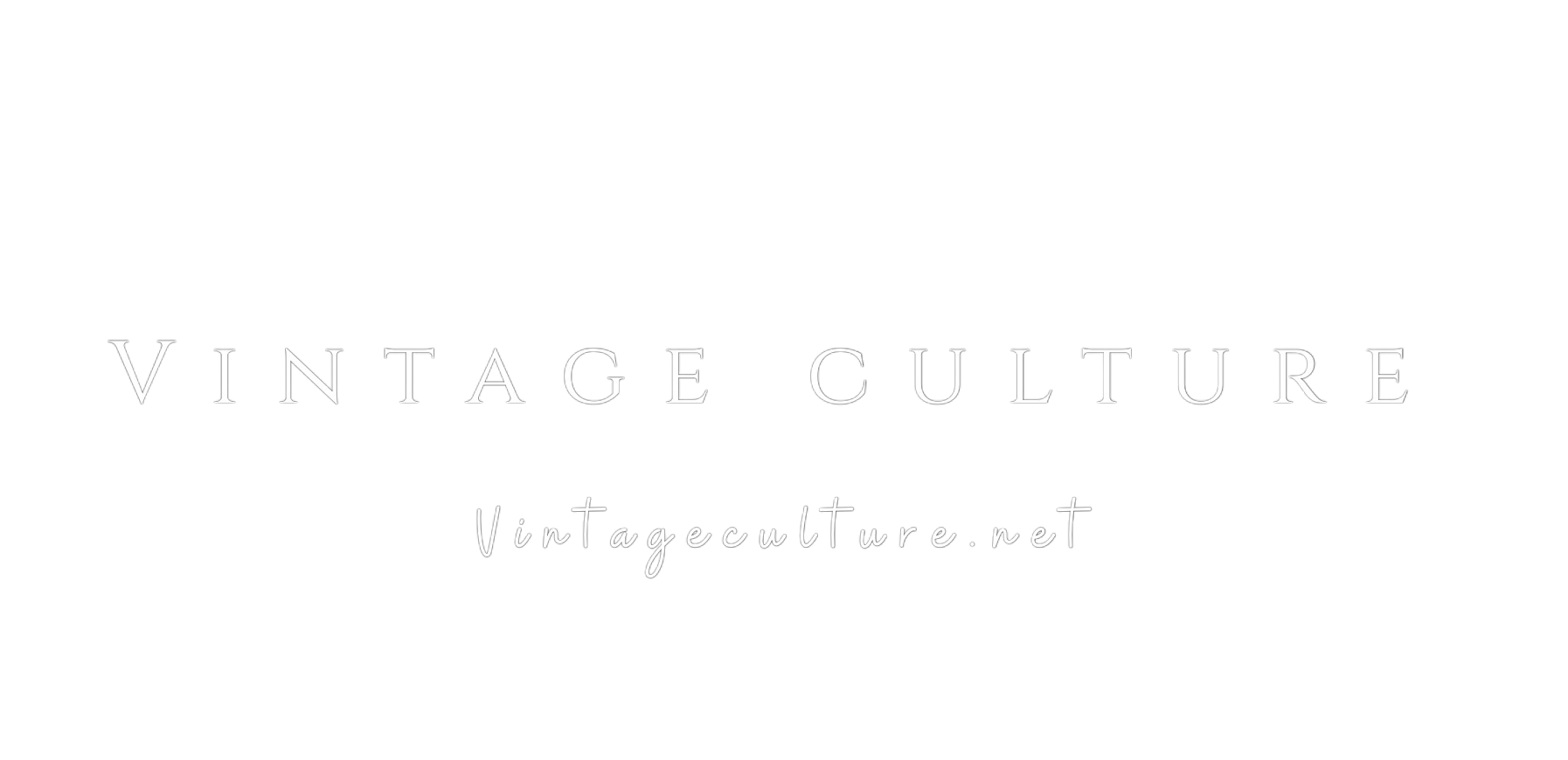If you’re planning to build your dream log cabin, it’s essential to understand the different types of log cabin kits available. In this article, we’ll explore three popular styles of log cabin kits: shell kits, dry-in packages, and hybrids.
Shell kits provide the materials to construct a log cabin’s exterior shell. These are affordable options for homeowners with some construction experience and offer convenience and control.
Milled Kits
For those ready to take on the challenge of a do-it-yourself build, milled kits may be an option. These precut log cabin kit packages include the lumber and materials to construct a home. These kits are typically less expensive than entire log homes but require substantial work, time, and money.
Read Also: Craftsmanship Down Under: Exploring Unique Furniture
This process can be stressful, especially if you are juggling your kit construction with family life and work obligations. Additionally, the wood can become damaged from outdoor exposure, leading to costly delays and potential project failure.
If you are a novice builder, consider opting for a small log cabin kit with detailed step-by-step instructions to guide your construction. For example, some offer a 292-square-foot design that features one bedroom, one bathroom, and a living area with an additional loft space that can be used for storage. This affordable kit includes the materials needed to construct a foundation and porch.
Handcrafted Kits
If you want to build a log cabin but need more time or carpentry skills to cut, peel and notch your logs, consider choosing a handcrafted kit. These kits feature hand-peeled and hewn logs that are scribed to fit one another. This enduring and popular style gives you a natural look with plenty of character.
Handcrafted scribe-fit log homes can be built from various materials, including pine, cedar, and spruce. They are dried using multiple methods, including kiln drying, which speeds up the process and naturally over a long period. This results in different characteristics for each of your logs, which is one of the reasons why these kits will differ in appearance from a milled option.
Before ordering your log cabin kit, ask the manufacturer whether they are registered with a log home association and offer on-site assistance or installation services. This indicates that they follow regulations and are committed to quality.
Customization
Log cabin kits such as those offered by Frontier Log Homes are an excellent option for homeowners who want to save money, time, and effort while enjoying building their own homes. However, not all kit manufacturers are created equal. You should ensure that your company is registered with a log home or cabin association and offers on-site assistance or installation service, at least a 10-year warranty caveated by a maintenance schedule that you must adhere to.
Depending on your kit supplier, you can choose different options regarding the type of wood (e.g., pine, cedar) and the kind of notch (e.g., saddle notch, butt, and pass aperture). You can even opt for the type of finish you would like. For example, some companies offer kiln-dried logs, while others provide logs that have been naturally dried over an extended period. This difference in appearance can significantly alter the final look of your log home. Heck, some suppliers allow you to drastically alter their floorplans or bring your own for totally custom builds.
Pricing
As you can imagine, not all log cabin kits are equal in measure. While some may cost less than others, they all come with their own set of unique pros and cons.
Generally speaking, cabin kits only include the log walls and roof. This means you will still need to supply your materials for the foundation, plumbing, electricity, and more.
The main drawback of a kit is that it will take, on average, three months to finish the shell of your new cabin. This is in addition to the months of prior prep, such as excavation, site work, legal paperwork, etc.
The good news is that the log home industry has figured out a way to reduce these timelines. By utilizing the fine-tuned dry-in process, builders can have all cabin components delivered to the building site at once in a weatherproof manner, thus cutting down on time and money. This method also helps reduce the potential damage that could happen during the months of start-and-stop deliveries.



